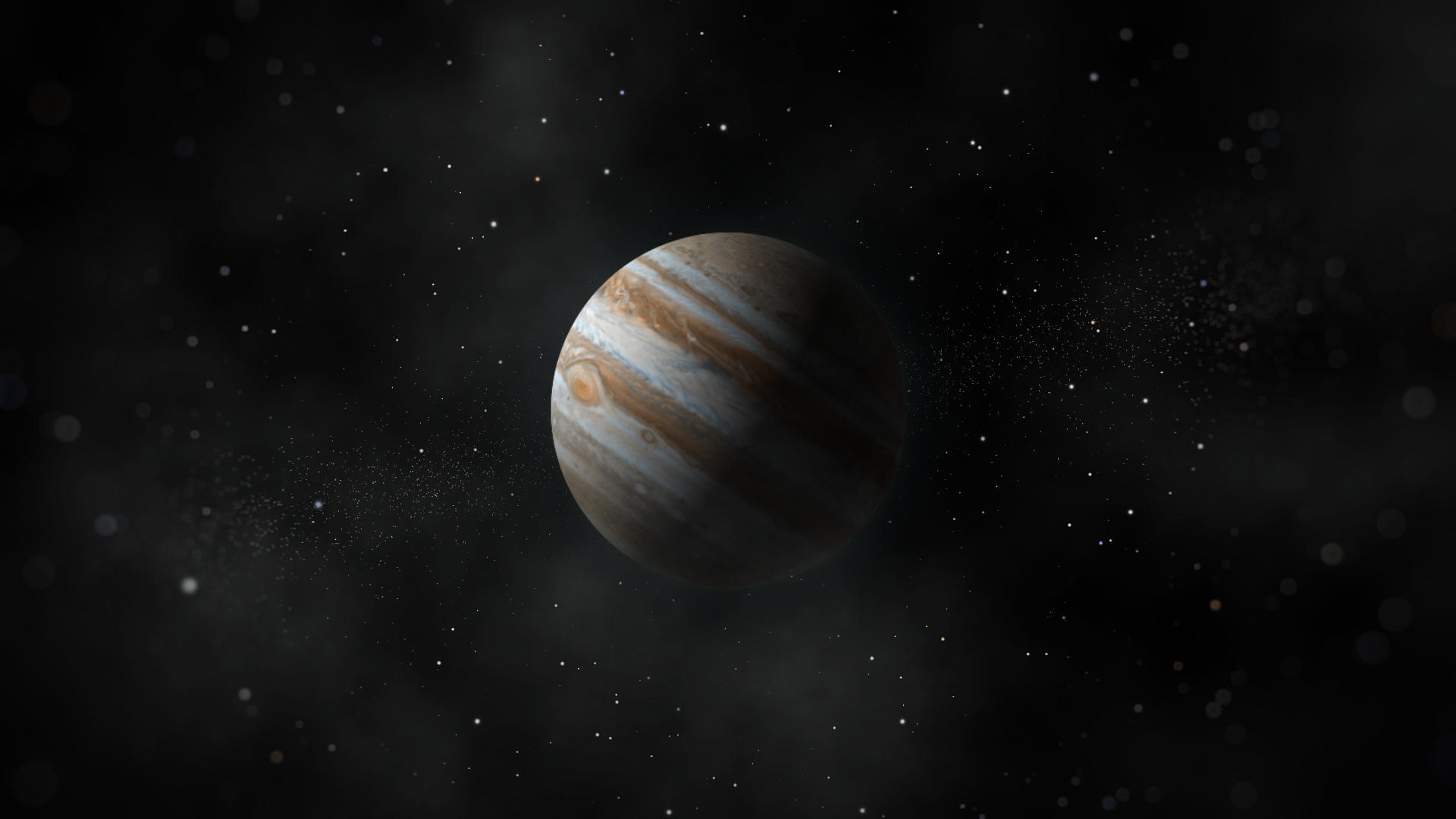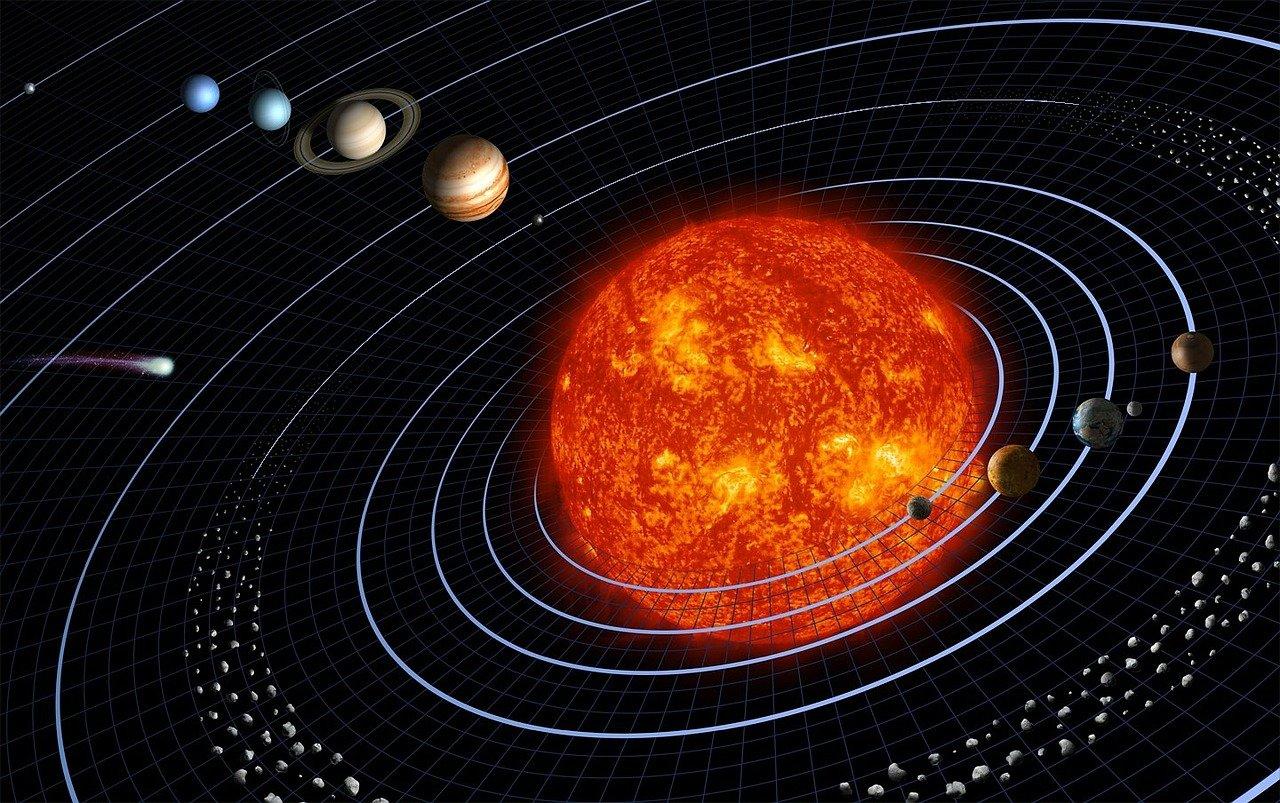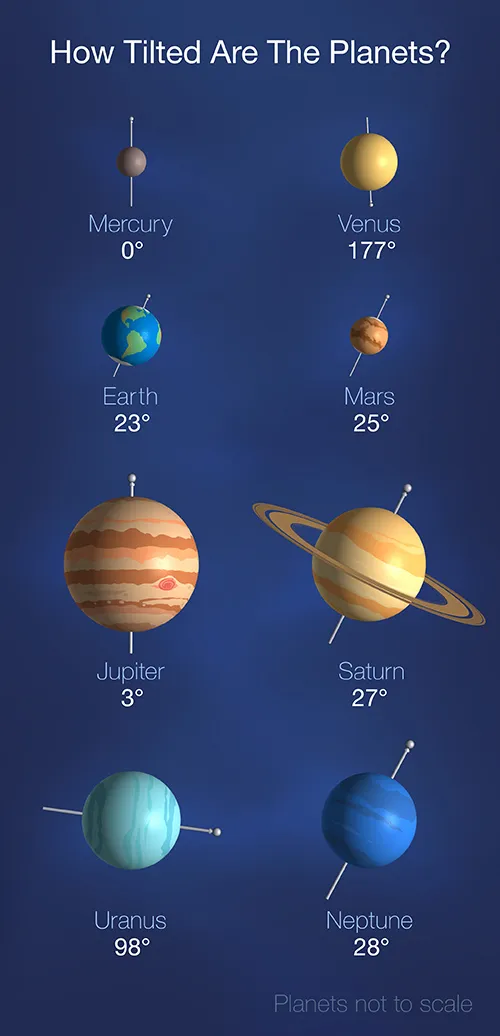The Solar System: Why Planets Differ in Traits and Arrangement

Have you ever gazed up at the starry heavens and wondered about its many mysteries? If so, you’re in good company! Every planet offers an intriguing history, from the glowing Sun to Neptune and Pluto. What's more, the arrangement of these planets is anything but random. It's a delicate balance that is essential for maintaining the stability of our universe. So, come along and join us as we dig deeper into this captivating subject!
The Dance of Planets

Planets orbiting the Sun
All the planets in our solar system follow a specific path around the Sun - also called an orbit. Instead of being circular, these orbits are elliptical (basically an oval shape), directly caused by the gravitational forces at play. Additionally, the speed at which these planets orbit around the Sun is highly influenced by how far away they are from it.
Orbital Speed: Mercury, our solar System's nearest neighbour to the Sun, finishes its orbit in around 88 days. On the other end of the spectrum, Neptune needs a jaw-dropping 165 years to make a complete loop around the Sun. What accounts for this huge difference? Well, the speed at which planets circle the Sun is directly influenced by its gravitational attraction. Simply put, the farther a planet is from the Sun, the weaker this gravitational pull becomes!
Axial Tilt: The tilt of a planet's axis plays a massive role in its climate and seasons work. For example, Earth's axial tilt is around 23.5 degrees, responsible for every seasonal change we experience. On the other hand, Uranus has a much more extreme axial tilt of around 98 degrees, causing it to lose its orbital path. Because of this, the planet experiences extreme variations in its seasonal weather patterns.
Distance from the Sun: How far away a planet from the Sun impacts more than just its orbital speed. For example, it can also affect the planet's climate, its atmospheric conditions, and even its potential for hosting some form of alien life. For instance, Venus, closer to the Sun than Earth, experiences extreme temperatures that make it highly unlikely any life could flourish on the planet's surface.

A diagram detailing the unique axial tilts of several different planets (credit: NASA)
What Makes Each Planet Unique?
What elements make each planet in our Solar System unique? The key lies in various factors, ranging from their atmospheres' makeup to their landscapes' structures. Take Venus - the temperatures on its surface are so high that even lead would melt. Mars, in contrast, has gained widespread attention over the years because signs point to the possibility it could have once hosted life sometime in the past.
Atmosphere: The atmospheres of planets in our Solar System exhibit various unique and varying characteristics. For example, let’s retake a look at Venus. This planet has a thick atmosphere composed mainly of carbon dioxide with clouds of sulfuric acid present. However, Titan (a moon of Saturn) has a nitrogen-rich atmosphere and even vast lakes of liquid methane.
Composition: Additionally, the composition of the planets can vary quite a bit. For example, our home, Earth, is categorized as a rocky planet with a solid crust and a molten core. However, Jupiter is a gas giant - a planet mainly composed of hydrogen and helium and lacks a solid surface. Next are the ice giants Uranus and Neptune, which have different compositions, including water, ammonia, and methane ice. Moreover, understanding compositional differences is crucial for planetary science and could be vital in providing clues about the origins of the Solar System.
Moons: The number of planets' moons can also be a distinguishing characteristic. For example, Mercury and Venus lack moons entirely, Earth has one moon, and Mars has two smaller moons named Phobos and Deimos. Additionally, Jupiter has the most significant number of moons - around 79 in the most recent count. These moons differ in size and composition. Europa, for example, is considered a prime candidate for extraterrestrial life due to its subsurface oceans.

The various planets in our Solar System all have their own unique characteristics and geographical features (credit: NASA)
The Role of Gravity in Our Solar System
What does gravity do in our Solar System? It's not just keeping us on Earth - it's also the critical force behind how planets and moons behave. Understanding gravity is crucial for grasping how our solar system works. Additionally, gravity ensures that planets stay in their orbits and don't float away into the void of space. It's also the reason moons orbit their respective planets. In addition, gravity plays a vital role in shaping the paths and speeds of celestial objects, making it an essential factor in understanding the dynamics of our Solar System.
Gravitational Pull: The strength of gravity varies from planet to planet, influencing a range of natural phenomena. On Earth, gravity keeps us on the ground and affects weather patterns and ocean currents. However, on Mars, the weaker gravitational pull means we would weigh less, making it easier to move but challenging to retain an atmosphere. The intense gravitational force on Jupiter would make you feel much heavier, which could affect potential space missions and the planet's stormy atmosphere.
Tidal Forces: The Moon's gravitational pull is responsible for Earth's ocean tides and has a long-term effect on Earth's rotation speed. Additionally, tidal forces can alter how planets look and lead to them developing unique geological features. For example, some of Jupiter's inner moons have elongated shapes due to these forces, which also contribute to heating their interiors.
Orbital Resonance: In some cases, celestial bodies like planets and moons have orbits that align in particular mathematical ratios. This is known as orbital resonance, which can make these orbits more stable or introduce instability. For example, among Jupiter's moons (Ganymede, Europa, and Io), there is a 1:2:4 resonance. What does this mean in simple English? This means that Europa will complete two for every single orbit Ganymede completes around Jupiter, while Io will complete four.
Conclusion
So, what's the takeaway from this journey through the Solar System? Every planet is unique, from elliptical orbits affected by gravity to axial tilts that shape climates. What's more, the varying atmospheres and compositions of these planets can offer scientists lots of clues about the origins and dynamics of our Solar System. Additionally, the role of gravity as the glue that holds everything in place can't be overstated either. Our Solar System is a delicate balance of many different forces and features, making it a fascinating subject that continues to captivate people's imagination.



You are the best,, coz you have gotten content about the topics
Hello ! Glad to hear that you’ve found the content useful!